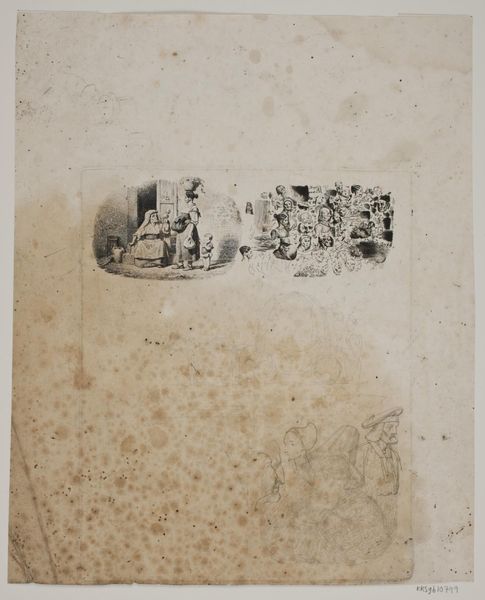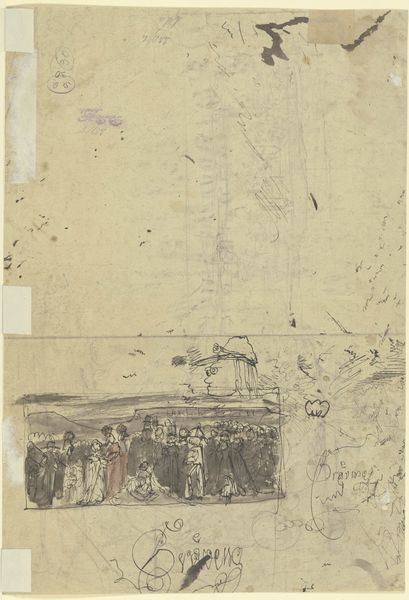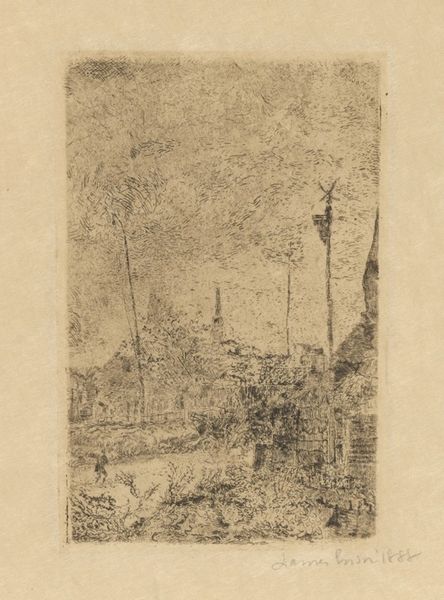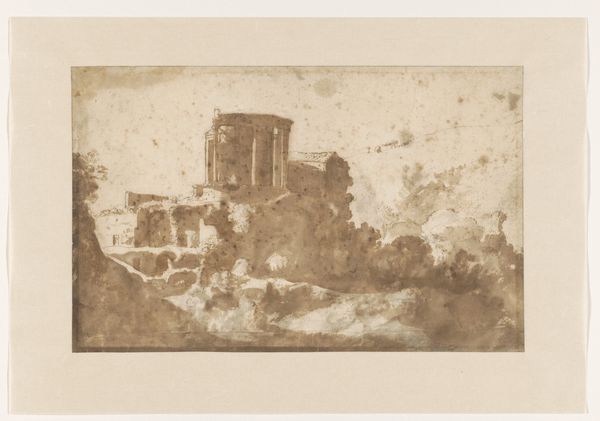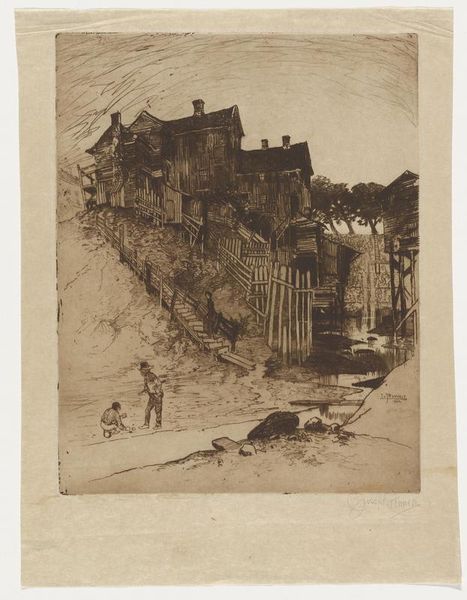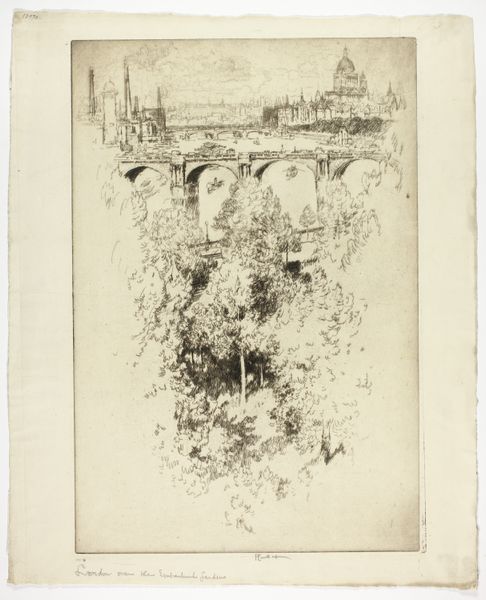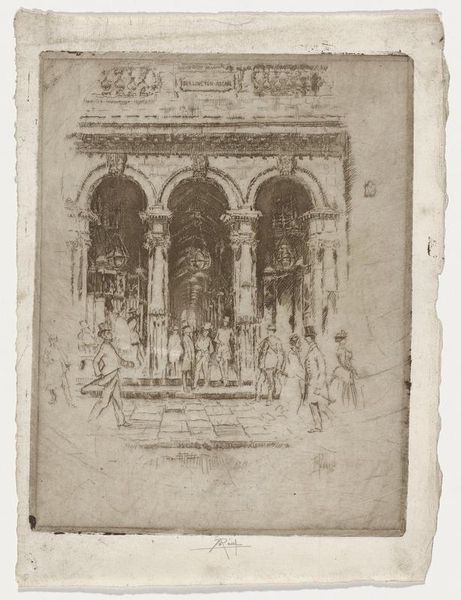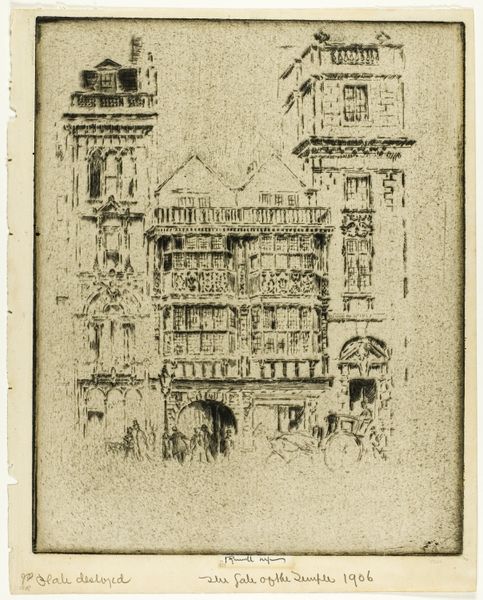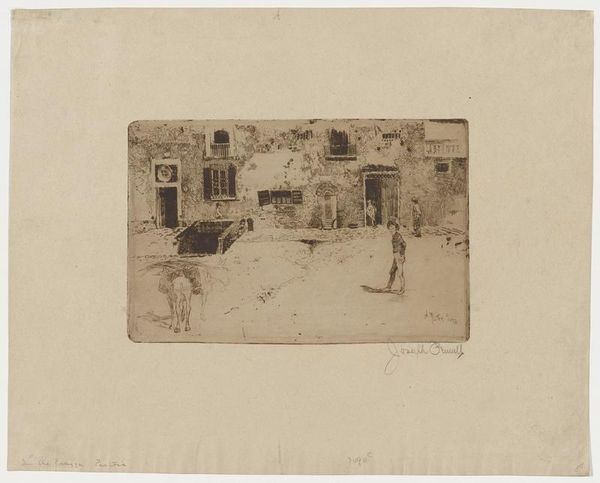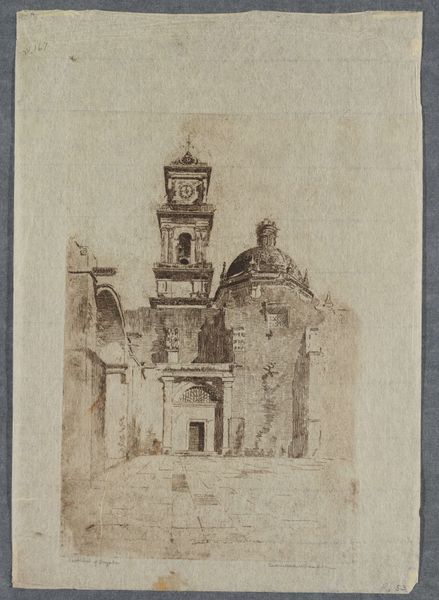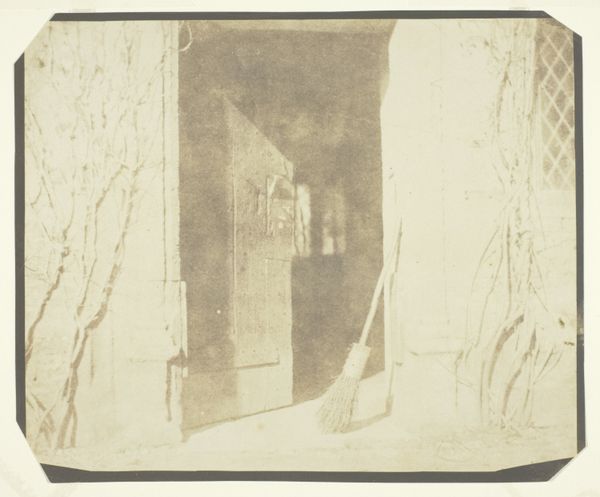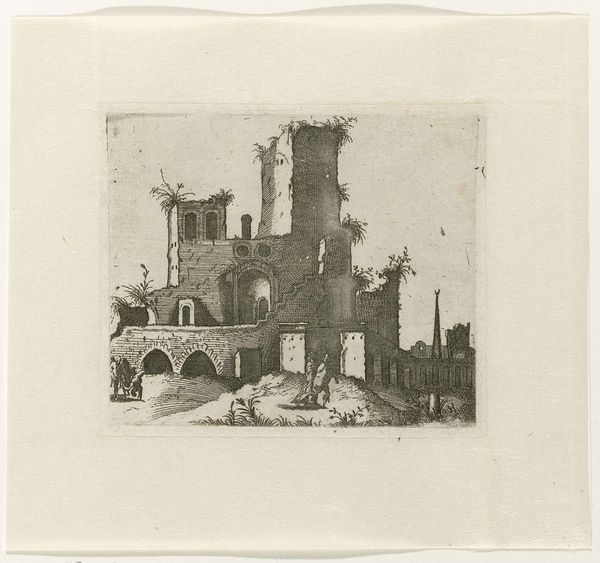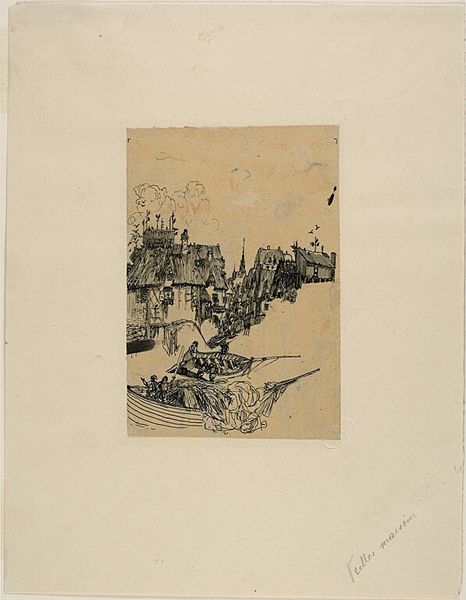
drawing, ink
#
drawing
#
toned paper
#
ink painting
#
pencil sketch
#
landscape
#
ink
#
ancient-mediterranean
#
cityscape
#
watercolour illustration
#
history-painting
Dimensions: height 427 mm, width 385 mm
Copyright: Rijks Museum: Open Domain
Curator: Cornelis van Poelenburch's drawing, dating from 1596 to 1667, offers us "Gezicht op het Colosseum te Rome" or "View of the Colosseum in Rome." It’s currently held in the Rijksmuseum collection and rendered in ink on toned paper. Editor: There's a distinct atmospheric quality—a haunting beauty, even—derived from the monochromatic rendering. The composition leads my eye across the decaying architecture; the lines feel deliberately incomplete. Curator: Poelenburch, positioning the Colosseum against a distant backdrop, sets up an intriguing dialogue between Rome’s imperial past and the social realities of his present. Consider the layering of history: the Colosseum as a site of spectacle and violence, now observed centuries later through a lens of artistic interpretation. Editor: Note how the use of sepia ink lends a classical air. The stark lines describing the Colosseum juxtapose with the softer washes indicating the landscape, highlighting architectural form against the landscape's ambient textures. It’s a fascinating study in contrasts. Curator: Furthermore, Poelenburch's choice to focus on ruins speaks to the ephemeral nature of power. Rome, once the epicenter of a vast empire, is presented in a state of gradual decline. The work subtly critiques dominant narratives of Western history and progress, asking viewers to consider who benefited from Rome's grandeur. Editor: The tonal gradations definitely evoke a sense of temporal distance. See how light interacts with the broken facade. He masterfully uses shadow and form to convey structural integrity alongside visible decay. The deliberate incompleteness almost makes you fill in the gaps, doesn't it? Curator: It definitely does, inviting critical reflection. It reframes our understanding not only of art history but also the relationship between historical sites and contemporary identities. It also invites us to question the very frameworks through which history is understood and transmitted, highlighting how artistic interpretations can offer alternative readings of dominant narratives. Editor: Indeed. Analyzing purely from its visual properties, the artwork has an undeniable capacity to aesthetically impact our perceptions through the very subtle manipulation of tone, line, and perspective. The strategic incompleteness of its depiction invites an intriguing visual interrogation.
Comments
No comments
Be the first to comment and join the conversation on the ultimate creative platform.
